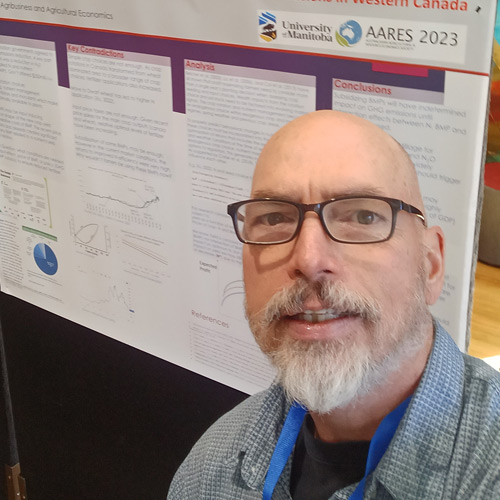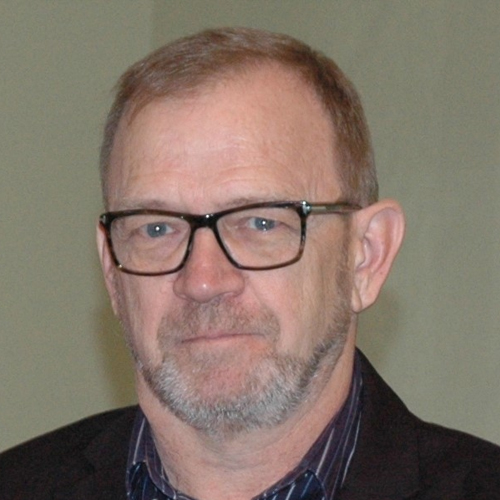Gurcharn Singh Brar, assistant professor, University of British Columbia

Gurcharn Singh Brar grew up in Punjab, India’s “breadbasket,” where he completed his B.Sc. in agriculture (honours in crop protection) at Punjab Agricultural University. In 2012, he moved to Canada’s breadbasket, Saskatchewan, and completed his M.Sc. and PhD in wheat genetics and breeding at the University of Saskatchewan.
Currently, he is an assistant professor of plant science in the Faculty of Land and Food Systems at the University of British Columbia (UBC) in Vancouver, and lives in Surrey with his wife.
Where did you work before UBC?
I started my job at UBC in January 2020, and before that I was working at the Crop Development Centre (CDC) of the University of Saskatchewan where I did my M.Sc. and PhD. For a short time after I completed my PhD, I was working at the CDC as a research officer in wheat breeding and genetics.
What got you interested in this area of work?
I often say I am in a long-term relationship with wheat. I’ve been around wheat fields since I was a child – my dad grows wheat and rice on his farm. When I was in high school, I would visit the wheat fields and loved wheat as a plant. When I started my bachelor’s degree, I used to interact and look at wheat from a different perspective. In my third year, I saw stripe rust in our field and decided I would focus my work on wheat rusts.
Tell us a bit about what you’re working on at UBC.
My research program is split between wheat and barley. I work closely with public wheat and barley breeders in Western Canada. The major focus of my research on wheat and barley is breeding for disease resistance.
We focus on the five priority diseases, and in my program, we’ve established uniform disease screening nurseries, mainly for Fusarium Head Blight (FHB) and stripe rust, where wheat and barley breeders send us their material, we plant it and provide them with data. We also started working on bacterial leaf streak (BLS) of wheat.
For barley, my main focus is on FHB, net blotch, scald and stripe rust. Recently, we started working on BLS of barley, which is emerging as a new disease, especially in southern Alberta and Manitoba.
For wheat, pre-breeding is where we do a lot with genetics. The Mapping novel FHB and stripe rust resistance genes from Watkins landraces project – funded by Manitoba Crop Alliance, Alberta Wheat Commission, Saskatchewan Wheat Development Commission and the Saskatchewan Ministry of Agriculture – will feed into our pre-breeding research pipeline.
Our colleagues genotyped a panel of Watkins landraces (a few thousand lines) and shortlisted a core panel of about 300 lines. Of those 300 lines, which we screened with stripe rust and FHB, we have identified close to 12 which have a very high level of resistance to FHB and deoxynivalenol (vomitoxin) accumulation. Of these 12, there are two which are highly resistant to FHB and stripe rust.
We have two graduate students working on this project, aiming to identify the genes that are making these landraces resistant to both diseases, and we are very close to finishing this research. The goal is to develop breeder-friendly markers with the aim to transfer these resistant genes into elite CWRS wheat lines that breeders in Western Canada can use.
What can you say about the value of farmers providing funding and support to your organization?
We can’t do the research if we don’t have the funding from producer groups. I really appreciate the funding and support from the deepest core of my heart. One thing I learned from my mentors and I keep in mind is to make sure my research goes back to help the farmers. If not in the short run, in the long run it should pay back.
I think the Prairie producer groups are doing a commendable job. For me, the biggest positive is although I am sitting on a UBC campus far from Manitoba, they understand my research has value, too. They don’t limit funding to the provincial boundaries, which I think is a very visionary approach.
How does that farmer funding and support directly benefit farmers?
If we develop a variety, for example, that is a direct benefit to the farmer because it gives them another option. The other research we are doing, like genetics and pre-breeding, also has benefits. Suppose we identify novel genes for resistance to FHB from these Watkins Landraces. We transfer that resistance to some CWRS wheat lines and develop markers that we give to breeders. They can use that resistance in their future varieties.
When these varieties are released, if they have improved resistance over today’s varieties, there is potential to minimize and possibly eliminate fungicide reliance. Or, for example, in some years you have to spray twice, maybe we can limit it to one application. That will save money and a lot of effort. It will also improve the grade of the crop, and grade improvement means more money in pocket.
How do you spend your time outside of work?
I am a workaholic. I really love my work, but I like to spend time with friends whenever I get the chance. I also like to read Punjabi literature – fiction, poetry, etc.
Who or what inspires you?
My father is a big inspiration. He worked tirelessly in the field and I don’t think I can work as much as he did at my age, or even now. For wheat breeding, my PhD supervisor Pierre Hucl is my biggest inspiration. He is hardworking and very passionate about wheat – I think he is crazy for wheat, but in a good way!
Follow @gurcharn_brar on Twitter.


















